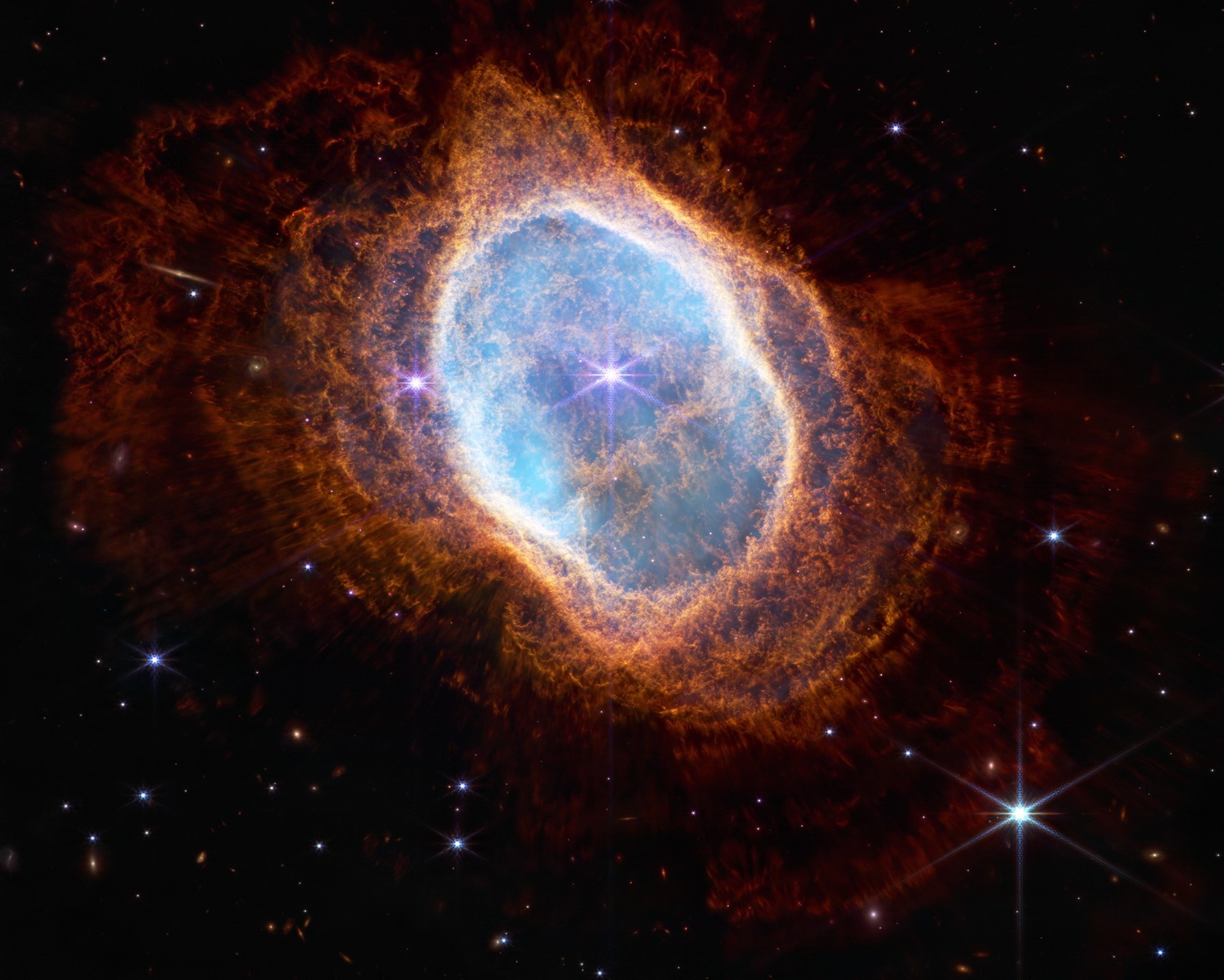NUCLEOSYNTHESIS
Nucleosynthesis is the creation of new atomic nuclei, the centers of atoms that are made up of protons and neutrons. Nucleosynthesis first occurred within a few minutes of the Big Bang. At that time, a quark-gluon plasma, a soup of particles known as quarks and gluons, condensed into protons and neutrons.
❝“Spontaneous creation is the reason there is something rather than nothing, why the Universe exists, why we exist.”
Stephen Hawking
The era of nucleosynthesis is important because during this time all the primordial hydrogen and helium was created from the nuclear fusion process. Except for the few percent of matter that stars later fused into heavier elements, the chemical composition of the universe remains unchanged today.
Primordial Nucleosynthesis
The aim is to really understand how that many atoms there in the Universe exist here on Earth, since what we really know.
To count the normal matter, like the stuff we're made out of, as opposed to this exotic dark matter, whatever that is. And there is a way to do it, which is primordial nucleosynthesis. So this is the nuclear reactions that happened when the universe was very young. The basic idea is that between when the Universe was around about a minute and about 3 minutes old, the density and pressure everywhere in the Universe were much higher than they are now. And they were about right to have fusion reactions going on across the entire universe.
The conditions were analogous to what is going on in the center of our Sun (note: scrolling down you will find a stellar nucleosynthesis section!).
The era of nucleosynthesis is important because during this time all the primordial hydrogen and helium was created from the nuclear fusion process. Except for the few percent of matter that stars later fused into heavier elements, the chemical composition of the universe remains unchanged today.
Stellar Nucleosynthesis

In 1920, Arthur Eddington proposed that stars obtained their energy from nuclear fusion of hydrogen to form helium and also raised the possibility that the heavier elements are produced in stars.
The production of chemical elements within stars through nuclear fusion reactions is known as stellar nucleosynthesis. Since the primordial formation of hydrogen, helium, and lithium during the Big Bang, stellar nucleosynthesis has taken place.
The conditions were analogous to what is going on in the center of our Sun (note: scrolling down you will find a stellar nucleosynthesis section!).
The era of nucleosynthesis is important because during this time all the primordial hydrogen and helium was created from the nuclear fusion process. Except for the few percent of matter that stars later fused into heavier elements, the chemical composition of the universe remains unchanged today.
